The health and productivity of poultry is largely dependent on the conditions in which they are kept. In a clean and warm hen house, the egg production of chickens is consistently high, the bird gains weight well. Providing clean air to the chickens is especially important in high densities. According to the schemes proposed by us, ventilation in the chicken coop is easy to assemble with your own hands.
Why ventilation in the chicken coop
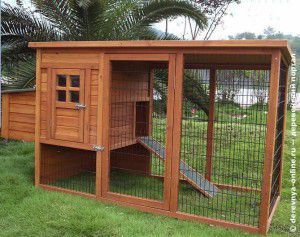
In winter, all poultry is constantly kept in a closed chicken coop. When a bird breathes, the air of the chicken coop is filled with carbon dioxide and water vapor, and when decomposing, chicken droppings release ammonia. The vapors of which are poisonous to the bird. Inhaling them constantly, chickens lose their appetite, rush badly and get sick. Ventilation through an open door or window quickly cools the room, threatening frostbite on the legs and combs. Therefore, in winter in a hen house without ventilation, birds feel very bad. There are many videos made by poultry farmers about the importance of ventilation in a hen house. Excessive humidity causes walls, bedding and scattered feed to rot. Favorable conditions are created for the development of pathogens, causing a large mortality of the adult livestock, especially chickens.
The simplest ventilation in the chicken coop solves the problem of removing toxic fumes and providing clean air.
Ventilation in the coop is just as important in winter as it is in summer. When the air temperature is above +28 degrees, the chickens run badly and refuse to feed, and the intensive air exchange in the room reduces the temperature.
Chicken coop ventilation requirements

How to create optimal ventilation in the chicken coop with your own hands is described in a video.
The video presents a unique method of keeping poultry in greenhouses made with your own hands, completely without ventilation.
Ventilation in a home chicken coop is equipped with the following rules:
- The supply air volume depends on the number of chickens kept in the hen house. On average, 1 sq. m. area contains 4 - 5 heads of poultry;
- To prevent the bird from freezing, the ventilation of the chicken coop must be properly regulated in winter. The inflow is kept to a minimum. Chickens are very sensitive to drafts, so the exhaust air must be regulated. To reduce heat loss, a grill with small holes is installed on the supply pipe in winter; in especially severe frosts, the inflow is completely blocked.
Ventilation types
Ventilation in the chicken coop can be done:
- mechanical;
- natural.
Natural ventilation for the chicken coop
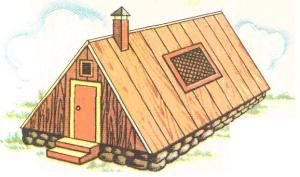
The natural ventilation device in the hen house is optimal for a small room with a small number of livestock. This is a cheap and simple design that you can do yourself.
Ventilation scheme for chicken coop No. 1. How to make ventilation in a hen house on natural draft? Provided with a vent above the bird door or in the roof. The second option simultaneously improves illumination, this type of ventilation in the chicken coop is shown in the photo.
But in winter it is not suitable for the reasons described above. In addition, the owner must independently open and close doors and vents, which is not always convenient.
Therefore, many resort to supply and exhaust ventilation in the chicken coop. She does an excellent job with her tasks all year round.
Ventilation scheme for chicken coop No. 2. If it is planned to keep about 100 poultry, that is, the area of the poultry house is approximately 20 sq.meters, you need to take 2 pieces of pipe 200 mm in diameter, 2 meters long. One is for air intake, the other is for removal.
Pipes are installed in opposite corners of the room so that the air flow covers as large an area as possible.
We install an exhaust pipe near the bird roosts, the lower end is 0.2 m from the ceiling. The upper end should protrude 1.5 m above the roof level.

We place the supply pipe in the corner farthest from the perches (in winter, the cold air will not blow on the birds). The lower end does not reach the floor by 0.2 m, and the upper end extends 0.3 meters beyond the roof level. Umbrellas are put on the upper ends of the pipes or they are bent so that rain or snow does not fall. Instead of finished pipes, to save money, you can make wooden boxes. But their outer parts will have to be filled and painted so that there are no cracks. More details of the ventilation scheme in the hen house in the photo.
If a plastic or metal pipe is chosen for ventilation, it must be insulated, since in winter the inner walls will be covered with condensation. Gradually freezing moisture over time will completely block the lumen of the pipe and the room of the home chicken coop remains without ventilation.
In order to regulate the intensity of the ventilation in the hen house in winter and summer, dampers like shutters or dampers are installed on the pipes.
Ventilation scheme for chicken coop No. 3. This original hen house ventilation device is based on the use of wind power. It is suitable for rooms no more than 8 square meters. meters area. A vertical channel with a square section of 20x20 cm is being built from boards. Inside, the channel is divided into two parts along its entire length. The upper outlet of the channel is closed, its walls from the outside are coated with sealant and painted. Holes are drilled in the sidewalls.
Air enters the room through one longitudinal compartment on the leeward side, and exhaust air is drawn out through the second.
Mechanical ventilation of the chicken coop
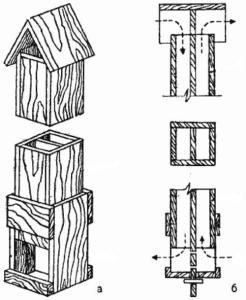
Forced ventilation in a home chicken coop is rare. The use of mechanical traction is justified with a very large area and an impressive number of poultry. But sometimes natural ventilation in the hen house is not enough and you have to resort to fans.
An axial fan is installed in the chicken coop with their own hands in the ventilation chimney. It is switched on manually or by the "Climate" sensor, which controls the temperature and humidity in the room.
You can upgrade ventilation in your home chicken coop by building a household exhaust fan into the window or directly into the wall.



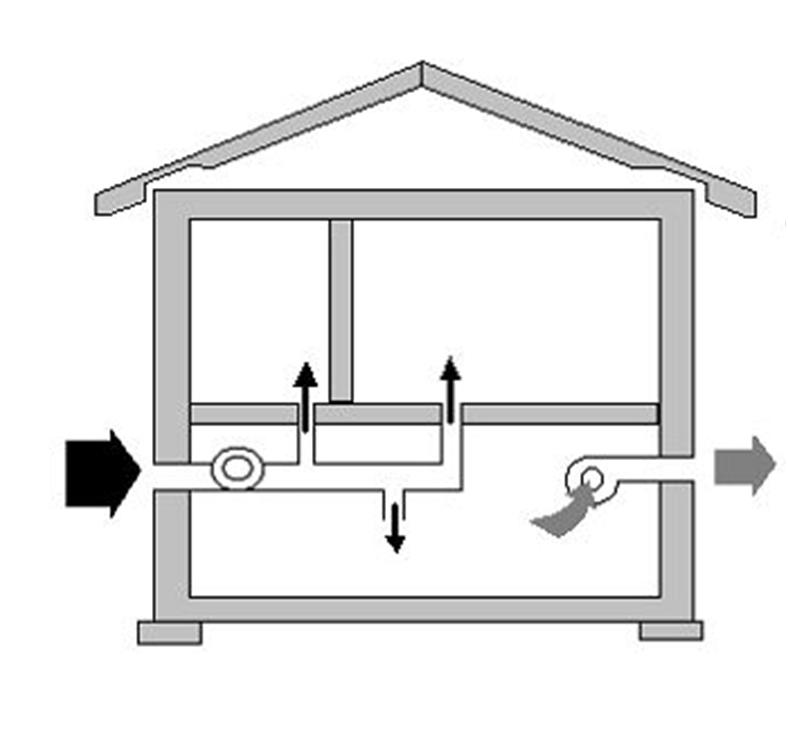


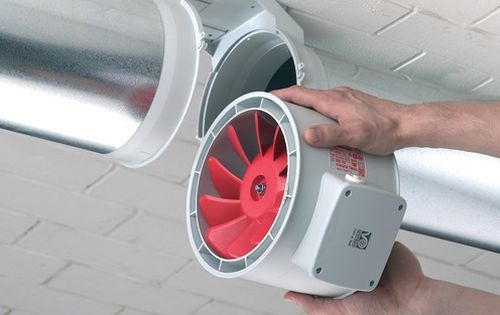
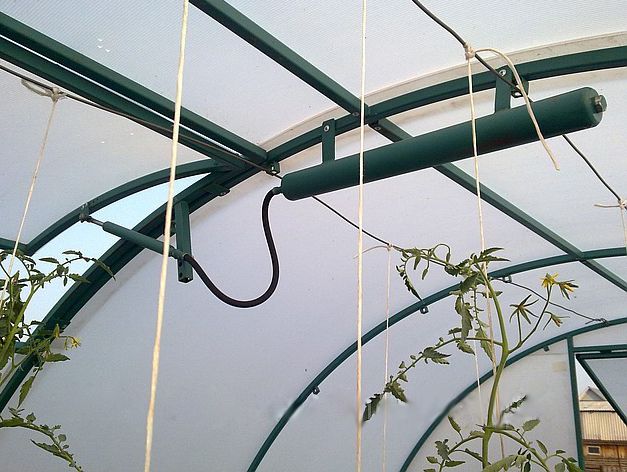

I wanted to know more about forced ventilation.
You can try reading here https://ihouse.decorexpro.com/en/ventilyaciya/kak-sdelat-prinuditelnuyu-ventilyaciyu-v-dome-i-kvartire-svoimi-rukami-zatrativ-minimum-sredstv/
In fact, the principles are similar, but the specific parameters must already be calculated based on your needs and areas.